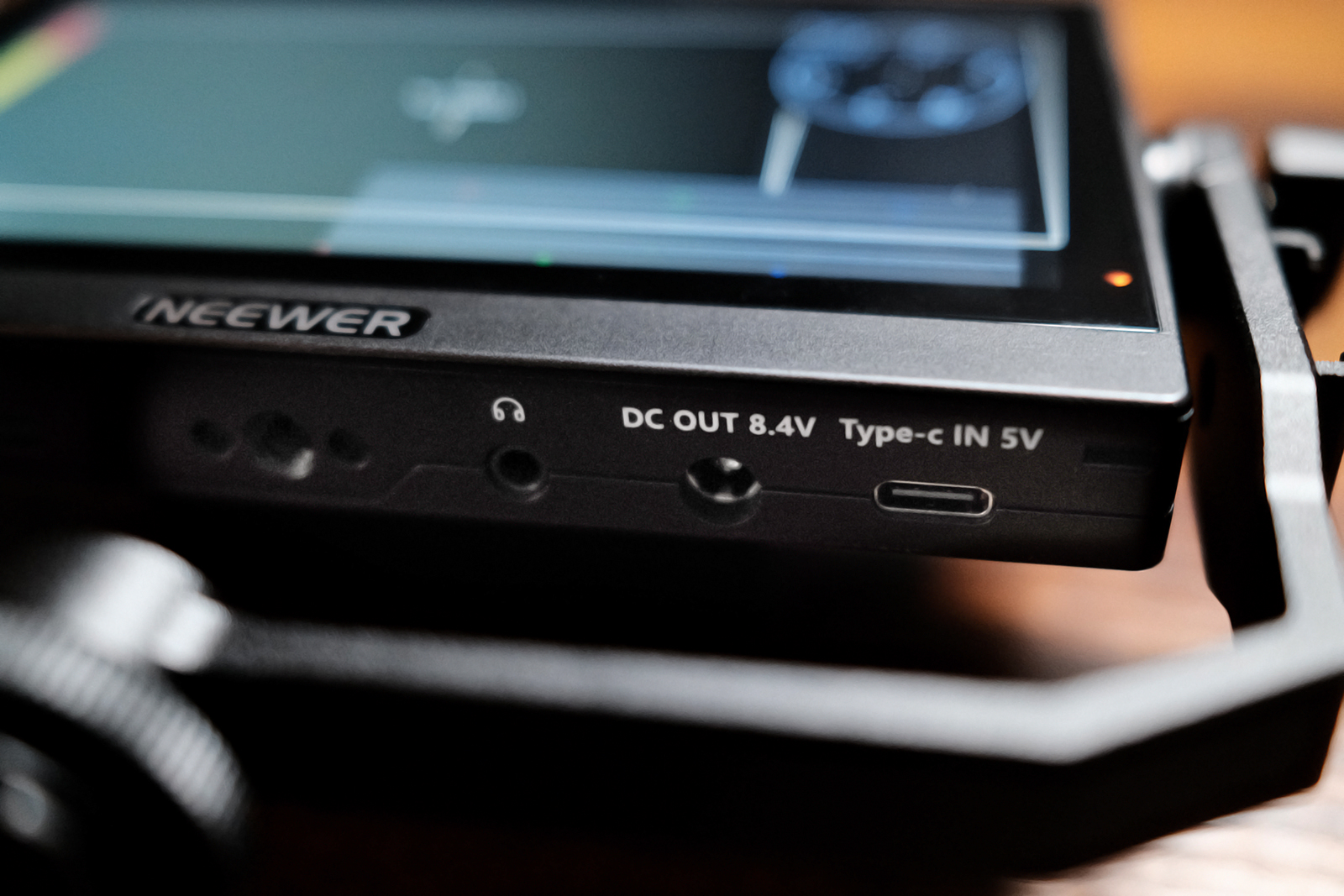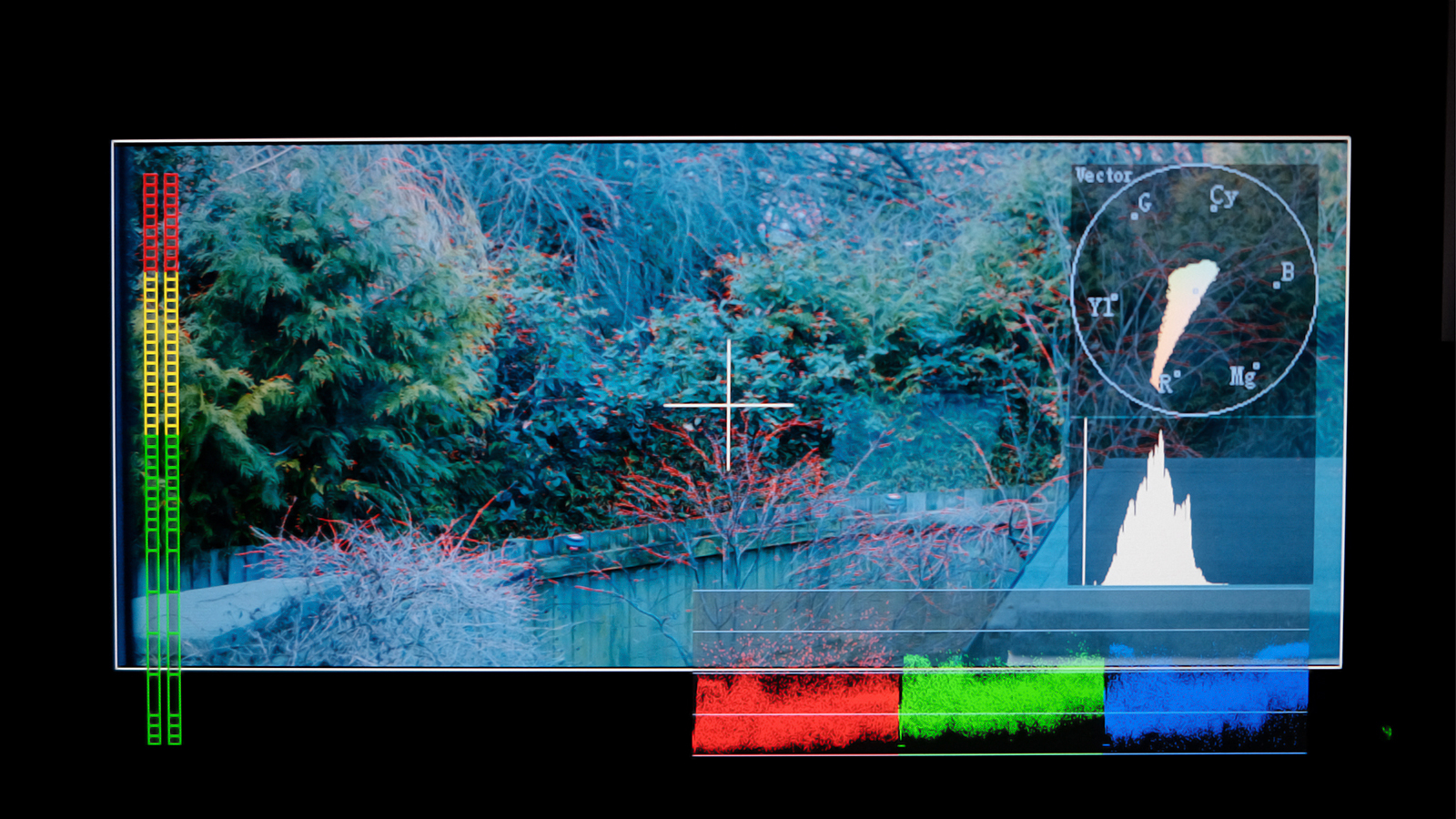Digital Camera World Verdict
If you are in the market for a well rounded field monitor that doesn't cost too much then the F500 could be the one. It's an excellent package, with all the key features a filmmaker could need, bar a few high end connections.
Pros
- +
Great value
- +
Comes with key accessories
- +
Has focus assist and scopes etc
- +
Solid build quality
Cons
- -
Slight cool colour temp
- -
No SDI
Why you can trust Digital Camera World
A key element of any filming package is some method of monitoring your footage, either while shooting, or reviewing footage afterwards. Most cameras have this built-in to some extent, especially DSLRs or mirrorless cameras. Cinema cameras tend not to place as much importance on this, as they are most regularly used as part of a wider setup, with a video village, director’s or AC’s monitor. No matter what situation you are in, a high-quality monitor is essential, for checking composition, exposure, and focus and there are many makes available, to suit multiple needs and budgets.
Neewer has a reputation for building budget-friendly devices for filmmakers, including field monitors. Their F500 field monitor is one such device, so I’ve spent some time with it, to see if it holds up to the rigors of shooting, has the features needed, and does so reliably.

Neewer F500: Specifications
| Resolution | 1920 x 1080 |
| Inputs | HDMI |
| Control | Touchscreen and wheel |
| Screen size | 5.5" |
| Dimensions | 5.55" x 3.7" 0.94" |
Neewer F500: Price
The F500 comes in at $159 / £164 (although deals can be had) which is excellent value, considering the features, as well as the included accessories.
Neewer F500: Design & build quality

I am so often disappointed by the lack of accessories we get without tech these days. Phones that don't come with chargers and so on can often mean we need to fork out for more gear, just to use what we already spent money on.
The same can not be said of Neewer's F500, which comes with everything you could wish for, in the box. Not only do you get the monitor and mounting bracket but you get three different HDMI cables, each with a different end, to suit your camera. The sun shade comes with it too, as does an NPF battery and even a battery charger. That's an amazing package and given the cost involved here I'm even more impressed.
The F500 feels very light in the hand and, while it is a plastic body, it doesn't feel cheap. The ports all engage well, the power button and clickable control wheel are solid and the battery slot feels strong, although with other brands of battery, it was sometimes a struggle to get the lock to function properly.
Mounting the F500 can be done in a number of ways. It has 1/4" threaded mounting points on the top, bottom, and right-hand side, for use with all manner of hardware, plus it ships with an L-shaped mounting bracket. This uses the right-hand 1/4" point which has locking pins, to attach the monitor. The other end attaches to a cold shoe on your camera or cage, with a thumb wheel to keep it in place. The bracket is metal, so should last well, plus it has a cold shoe of its own on the right-hand side, making it simple to attach an accessory such as a mic or on camera light.
The only part of the F500 that feels a little underwhelming is the sun hood. You first attach the frame, which clips in around the top and sides, and then the hood attaches to that via hook and loop. Maybe I'm being fussy but the flexible nature of the hood means it doesn't form an even surround. I'm used to the hood on my Ninja V, which is far better built and holds its shape very well. But then the F500 is considerably more affordable, so having a hood at all is something to be thankful for.

Ports aplenty can be found on this monitor, from full-sized HDMI in and out, along with DC in on the left, USB-C in, headphones out, and DC power out, on the bottom edge. I'm not a fan of bottom-edge ports on a monitor, as I like to have it close to the camera. Using the included bracket doesn't help either, as it sits a little too close to the monitor, so cables will either need to be flexible enough to bend, or you will have to tilt the F500 a little. Luckily changing the angle is easy, as there's a handy tightening knob, which doesn't loosen if you pivot the screen, thanks to the anti-twist pins.
Not surprising at this price point but there are no SDI or USB-C inputs for video. This is an HDMI-only monitor, although you could add a converter to your rig but for most that won't be necessary.

Also on this bottom edge is the F500's SD card slot. You may think this is for recording footage too but no, that feature is missing here, not that I can complain at this price. This slot is actually used for loading LUTs onto the monitor, so you can get a better representation of your deliverables, either for you or for showing a client who may not understand the process of of shooting in RAW.
25 LUTs can be loaded onto the F500 and accessed by the touch controls.
Neewer F500: Performance

Accessing menus and changing settings is as simple as it gets, not that the options are fewer than you need. There's pretty much everything you could want on the F500, from focus assist to scopes and audio levels to framing aids. And all of this is controlled by a really intuitive touch interface.
I'm a bit of a GUI nerd and have to say I've been very pleasantly surprised by what Neewer has delivered here. Everything is easy to find, logically grouped, and labeled well. Better than some much more expensive options.


The image quality on the screen is good. The Full HD display is clear and detailed and can display 4K footage too. Focus assist is nice and clear and the RGB levels are handy. False color helps you expose well and there are numerous options for positioning your monitor for awkward setups, so you can flip the screen horizontally and vertically. All useful stuff.
The only thing I noticed that through me a little was the blue tint. Compare the two images above, where my Ninja V accurately portrays what the camera sees, compared to the cooler image on the F500. This is even apparent after adjusting the color temperature on the F500, although far less obvious.
This is personal taste I suppose but I prefer information to be displayed separately, rather than as an overlay, which is what the F500 does. Fortunately, everything is easy to toggle on and off and the data is all very big and clear.
The F500 can be powered in various ways, from Dtap to NPF batteries or even a power bank, via USB-C. The supplied NPF550 kept the monitor alive for a surprisingly good couple of hours, so the draw on this isn't going to hog your rig too much.
Neewer F500: verdict
All in all the F500 is a compelling package. You get an awful lot included in the box, which really raises the value, as a battery and charger could easily cost a third of the price if bought separately.
The build is solid too. Not the best but the plastics are nice enough and it feels robust.
Although I had a few niggles, like the bottom ports and slight coolness of the image, the overall experience was very good and any filmmaker looking for a budget field monitor wouldn't go far wrong shortlisting this one.
| Features | A great range of features make this a capable little monitor | ★★★★☆ |
| Design | Build and design are good but nothing earth shattering | ★★★★☆ |
| Performance | Performance is generally very good, let down by a few little niggles | ★★★★☆ |
| Value | You can't deny the excellent value on offer here | ★★★★★ |
✅ Buy it...
- You want good all round monitor
- You want focus assist and scopes etc
- You are budget conscious
🚫 Don't buy it...
- You don't have HDMI outs
- You need camera control
Alternatives
Atomos Ninja V: A fan favorite, the Ninja V is a lot more expensive but performs very well and is built like a tank.

Viltrox DC-550: This has a similar package to the F500 plus the sun hood is a hard folding one and it comes with a case.

Rob is Editor of 3D World and ImagineFX magazines and also works as creative director for his own studio, Pariah Studios, producing 3D animations and VFX for a variety of clients. When not at his desk, he can usually be found painting miniatures.



